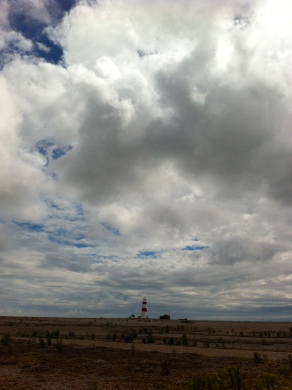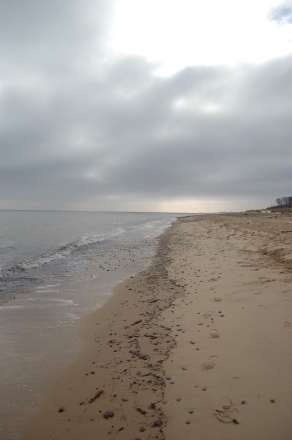Why Puppets?
I have always been fascinated by puppets. There has been a longing too, to make figures, whether they were the soft toys and dolls I made incessantly as a child, to the sculptures I now create.
One of my strongest memories of childhood was the knowledge that for a birthday (can’t remember which now but maybe 8th or 9th) I had asked for the game ‘Buckaroo’. Still available today folks! It consisted of a plastic donkey that came with a set of brightly coloured accessories. These objects represented what the creators of the game identified as typical items a donkey, in 19th century mid-west America, would carry: pick axes, buckets, ropes etc. The object of the game was to load these objects one by one onto the patient donkey until, at some point, between the distribution of weight and some carefully concealed springs, the donkey would lower his head, raise his rump and kick his back legs into the air thus rejecting all the paraphernalia. 
I wanted, not the game, but that little donkey that seemed to come to life, and who had movement quite unconnected to human hands.
So what is it about puppets? Why are some of us drawn to them and why is it that some find them so threatening and intimidating?
In a conversation with E. H. Gombrich, Anthony Gormley remarks:
The basis of our whole relationship to the world, as babies or toddlers, is that we make no distinction between animated and inanimate things. They all speak to us; they all have a kind of character or voice. If you think back to your childhood, not only toys but most things which you encounter have this very strong character or physiognomy as Beings of some sort. (Mitchell, W.J.T. (2000) Anthony Gormley London:Phaidon)
I wonder if, for some people this thought that most things might have this trait, then the possibility of them ‘coming to life’ might be one of the most frightening things imaginable. For myself, it is one of the most exciting things imaginable.


